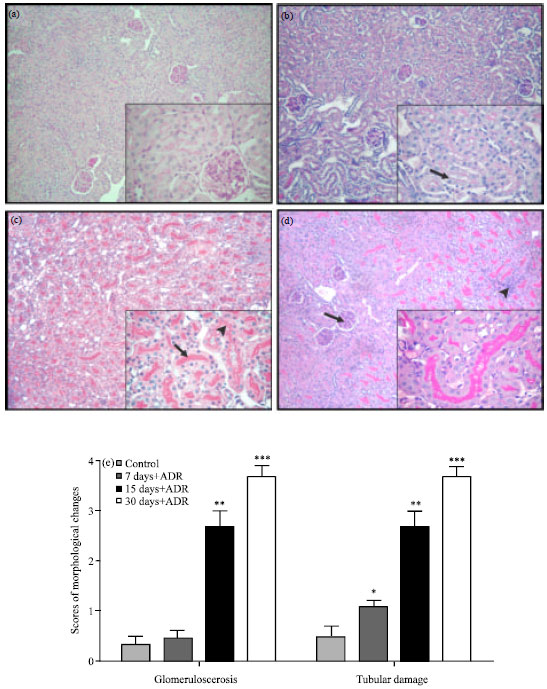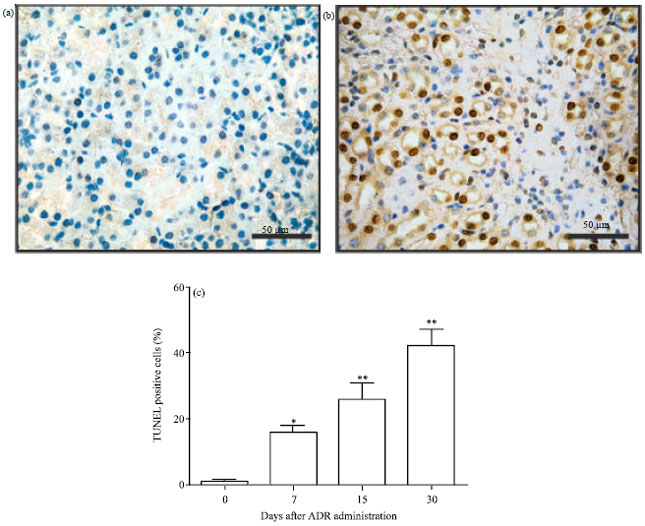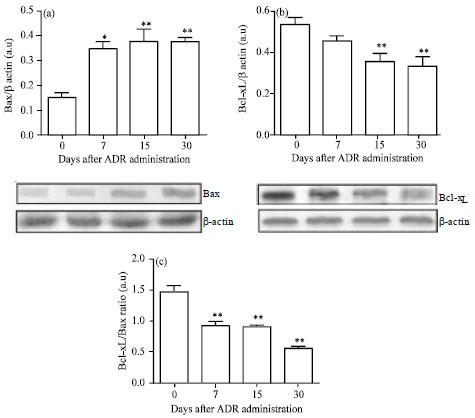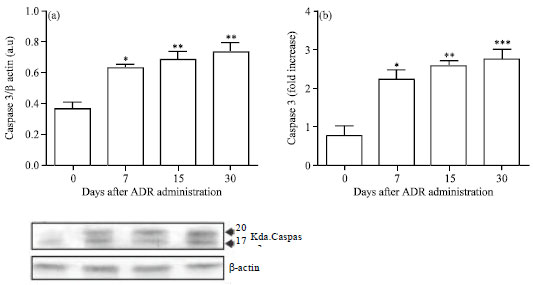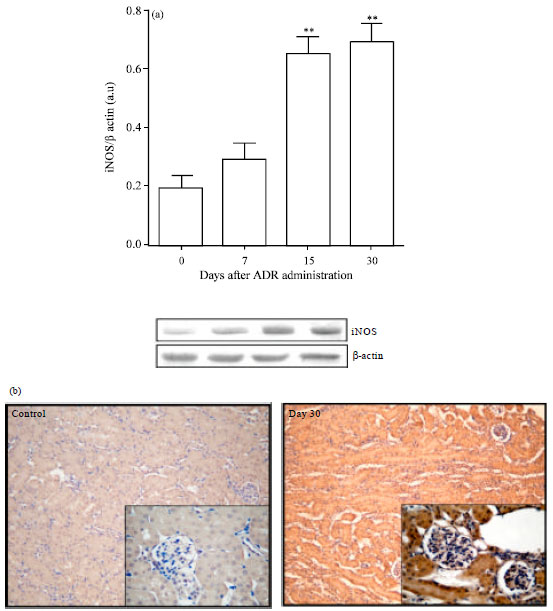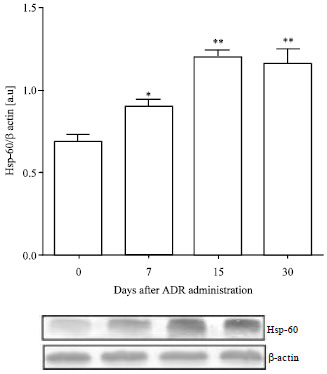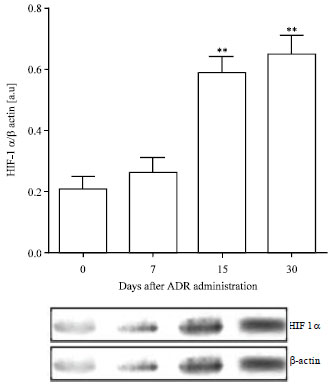Research Article
Cell Stress, Hypoxic Response and Apoptosis in Murine Adriamycin-induced Nephropathy
SEGCyT-CONICET, Faculty of Medicine, National Northeast University
Juan S. Todaro
SEGCyT, Faculty of Medicine, National Northeast University
Maria V. Aguirre
Department of Biochemistry, Faculty of Medicine, National Northeast University. Moreno 1240 (3400), Corrientes, Argentina
Nora C. Brandan
Department of Biochemistry, Faculty of Medicine, National Northeast University. Member of Research Career, CONICET- Argentina










